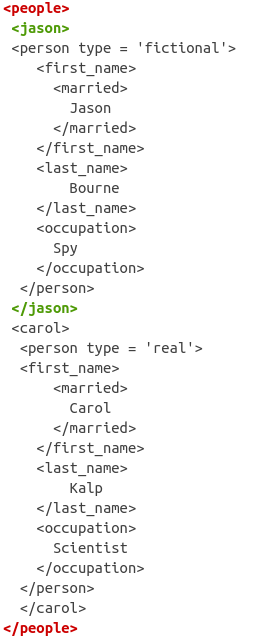
Let’s say you have an XML file with a bunch of computers and would like to use PowerShell to parse this XML file. It uses a “path like” syntax to identify and navigate nodes in an XML document. The Select-Xml cmdlet allows you to provide an XML file or string along with a “filter” known as XPath to pull out specific information. Let’s first cover one of the most popular and easiest ways to use PowerShell to parse XML and that’s with Select-Xml. Parsing Powershell XML Elements with Select-Xml
Notepad++, Visual Studio Code or another text editor that understands XML. The examples were created on Windows PowerShell v5.1 To follow along with the presented material, you should have: String Length Validation with xs:restriction. Adding setting to the default schema – examples. Using the Schema File to Validate Your Data. Using PowerShell to Parse XML Attributes with Select-Xml. Parsing Powershell XML Elements with Select-Xml. Rather, it follows the rules of HTML, but still syntactic correctness is our job. And even in the case of XML, if we use the attributes badly, they are recognized (red color). After all, Notepad++ does not check the syntax validity (in-build), so the user has to create the correct code (and for valid code this highlighting will work).Īctually this highlighting follow HTML rules, with this small exception, which is correct.Įdit: it is worth adding that XML / XHTML and HTML are served by the same LexHTML.cxx lexer. In its simplest version, it should meet the HTML rules, because that will also include the XML rules (when the code/document is valid). 
detect language and use correct rules for it.according to the rules of HTML (it is less restrictive).The question is how this highlighting attribute (and its value) is supposed to work:

Unless you assume that this mechanism only highlights attributes with a value, then more correct are not needed Yes because per XML only attr with value inside "" or '' is valid ( ). So last case in above example aslo can add style for attr1, att2, and attr3 when we jump to element. The value is implicitly the empty string. In HTLM alone attr name (without value, and without =) is correct.






 0 kommentar(er)
0 kommentar(er)
